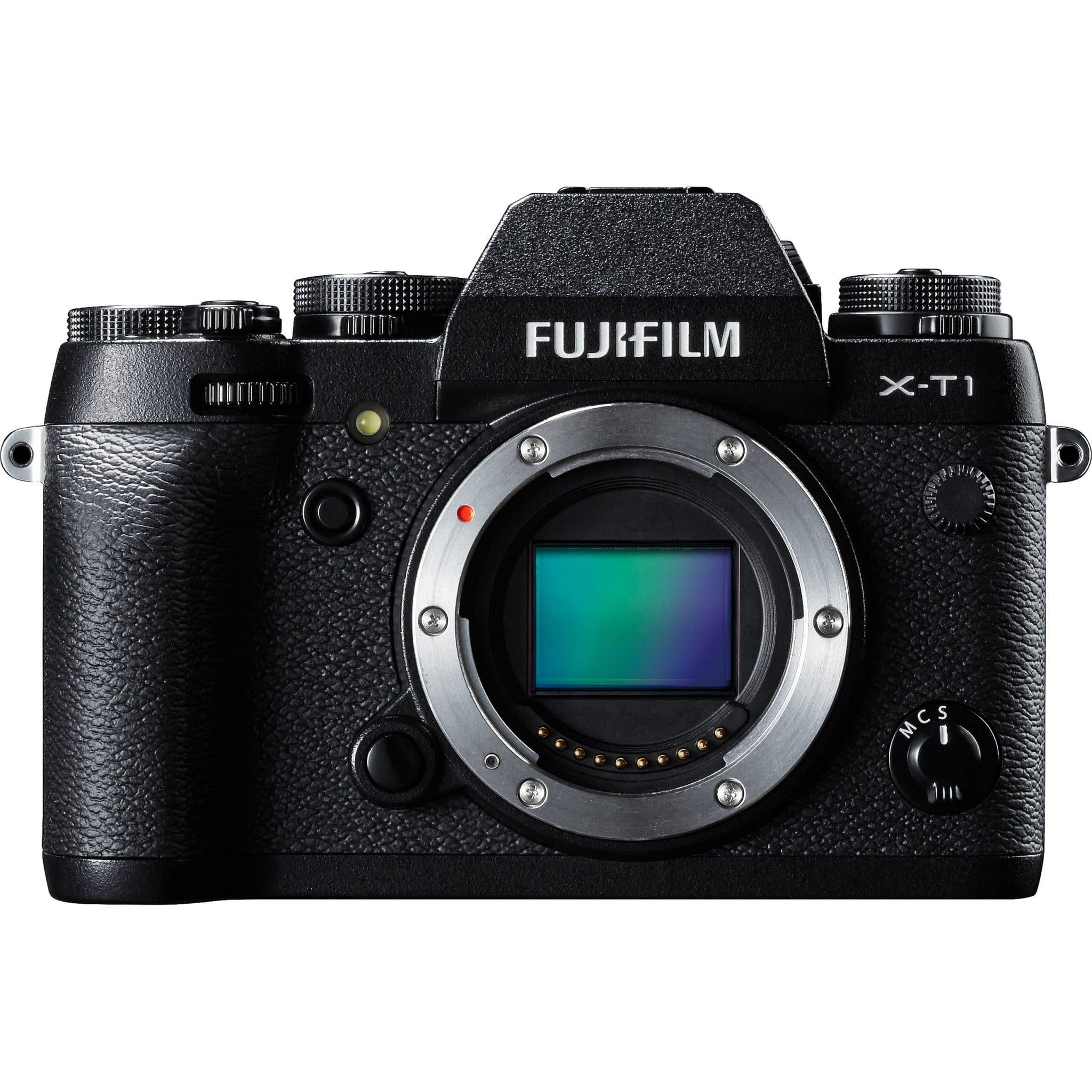Fuji’s newest camera is the X-T1 IR and it’s not just another mirrorless APS-C camera that the giant Japanese company presents to the world, it has one thing that makes it quite different from other mirrorless cameras: it captures infrared images.
Instead of capturing the traditional color spectrum like most cameras, the Fuji X-T1 IR is designed to be sensitive to infrared light (outside our visible spectrum), allowing you to capture truly spectacular images that look like things from another world. Over time, the cameras are made with infrared filters (also called IR filter) to block this particular type of light, but if you remove the filter, it becomes a camera that can use infrared to make your images.
- But not everyone wants to modify a camera to achieve this particular type of image.
- Which is exactly why Fuji produced the X-T1 IR which can take this type of infrared photo directly on the device.
- Without requiring any modification.
- If you are wondering what kind of video can be created with infrared.
- You can see some images from videos made with this particular type of footage.
The Fuji X-T1 IR is an identical camera to its normal counterpart called the X-T1, except of course due to this feature (and this obviously makes it suitable for more uses than infrared shooting).
The Fuji X-T1 IR has an updated design that goes to 380-1000nm, compared to the approximate range of 400-700nm that appears on most cameras, allowing you to photograph objects that would otherwise be invisible. This extended tape is suitable for fine art photography, as well as for research and health photography applications and crime scenes.
Infrared light, like ordinary light, is not always constant, so different conditions can change and change the appearance of the image, and you will get more pronounced effects with a strong sun than indoors or cloudy days. White for a more traditional look, you can also leave it as it is, which can give a very particular and psychedelic look.
Here are some of the specifications for the Fuji X-T1 IR
If you are interested, you can also get the effect on your camera, if you use a filter that blocks visible light, but in doing so, it essentially ends your exposure, so you will have to open a lot of ISO or take pictures. with a very slow shutter (not a great choice for those who want to record videos, but it can work with photos). The X-T1 is not the best mirrorless video camera (this price probably goes for Panasonic and Sony), but if you want a completely original look and you’re interested in infrared, you don’t have to modify your camera to do it, the only problem is that you’ll have to pay $400 more for this model than for the basically identical Fuji X-T1.

